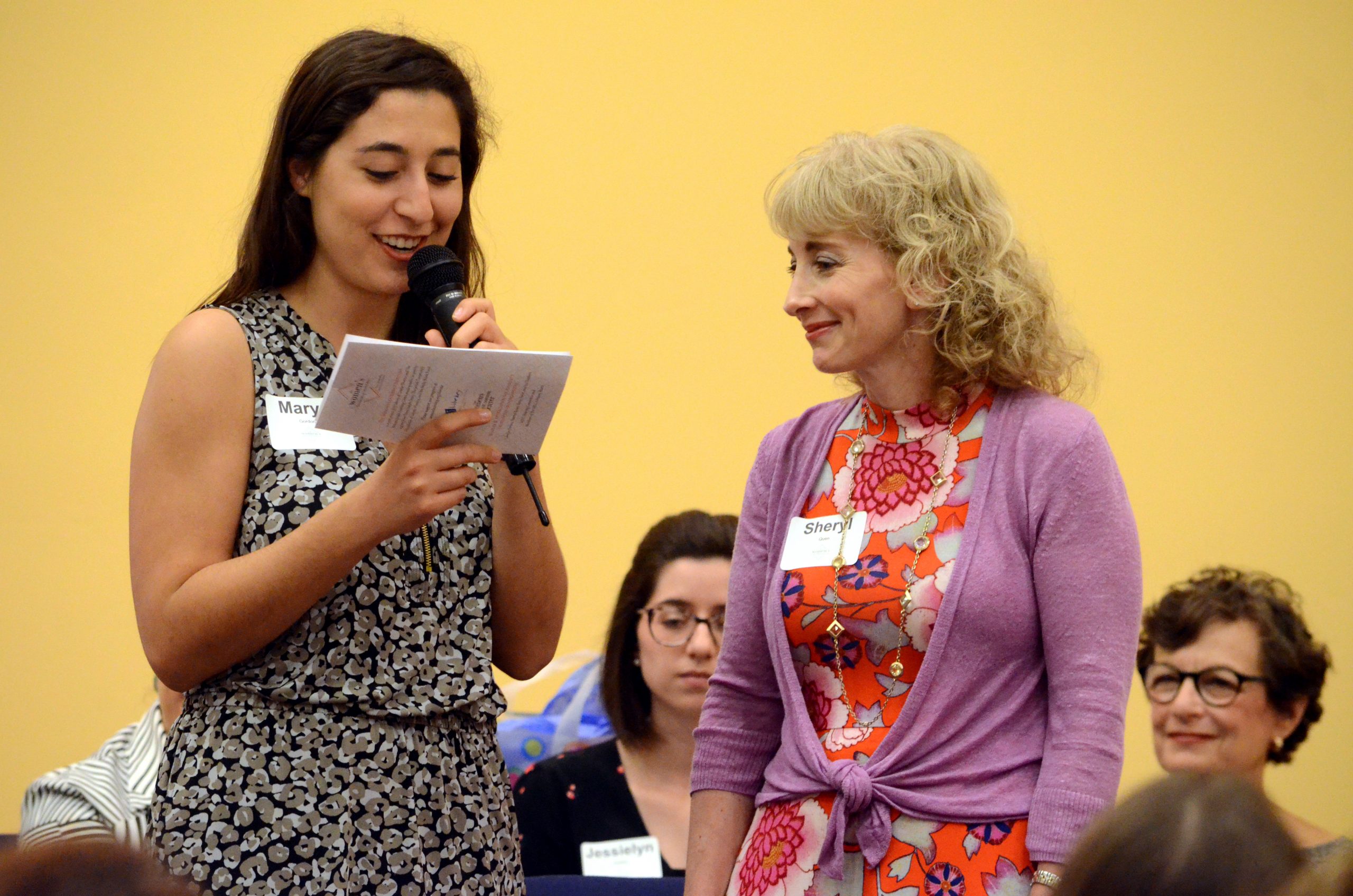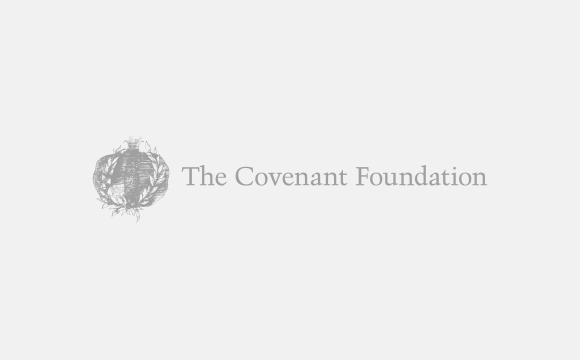Seeing, Thinking and Wondering
On the second day of the Jewish Women’s Archive (JWA) Institute for Educators, Susan Zeiger, Project Director at Primary Source, a Boston-based organization seeking to create globally minded classrooms, said Jewish educators must “see, think and wonder.”
I wrote it down and bracketed it in my notebook. And then I wrote it again and underlined it twice. I immediately knew that these three paths to knowledge would define my experience and takeaway.
What I Saw
We were asked to bring an object reminding us of a Jewish woman who had made an impact on our lives and to tell her story in two minutes or less – a process facilitated by Barbara Ellison Rosenblit, a 2004 Covenant Award winner. As we passed each object around the circle for others to hold, each story manifested itself in the object.
I saw my grandmother in her antique silver napkin ring. I saw a remarkable teacher in the figurine her students had bought for her. I even saw stories in objects that couldn’t be transported—a machete, an heirloom matzah cover.
I could feel the presence of the past in that room. By the end of the evening, almost everyone had shed at least one tear, and stories filled the air. I saw the gifts of our stories—of the words that helped to shape our identities as educators—and was able to carry those gifts with me afterwards.
What I Thought
I thought a great deal about history, and re-discovered that history is an active verb: it lives and breathes. As one participant noted, “Until this week, I didn’t understand that history is active. Now I get that it’s an active sport—like rugby!”
I thought about history in the context of Living the Legacy, JWA’s curricular components on Jewish Women in the Civil Rights and Labor Movements, partially funded by the Covenant Foundation, and participated in several seminars with noted scholars such as Dr. Debra Schultz, Dr. Annelise Orleck, and Rabbi Jill Jacobs.
I thought about how to bring history into our classrooms and into our communities, and learned about women whose histories are largely forgotten. I thought about how to make history unforgettable, and how to share it with everyone around me.
What I Wonder
One of the most meaningful moments was watching an oral history interview with Marilyn Sneiderman, Executive Director of AVODAH: The Jewish Service Corps, conducted by Dr. Jayne Guberman, former Director of Oral History at JWA.
Ms. Sneiderman’s story was as moving as it was historically significant. I wondered about the other stories of this generation—where they would fit into the historical record, and what future curricula would be written about Jewish women of today.
Dr. Guberman shared an anecdote about Barbara Myerhoff, an anthropologist whose ideas shaped my own academic pursuits. Myerhoff is included in the “Women of Valor” section of the JWA website, and her story is one of eighteen encapsulated in posters distributed by JWA, partially funded by the Covenant Foundation, and used by many educators to teach about notable Jewish women.
The anecdote describes Myerhoff as a little girl sitting with her grandmother, looking out the kitchen window. Her grandmother made up stories about the people who lived nearby and one day, frost obstructed the glass. Myerhoff was distraught, but her grandmother warmed a penny and pressed it to the window, melting some of the frost and creating a small opening – a new and expansive lens through which to see her grandmother’s world.
I feel this same sense of wonderment. I feel aware now of new realms that need to be seen, analyzed, and understood as both ordinary and extraordinary dimensions of the past, and how we, as educators, must recognize and leverage them.
Claire Solomon is former Education Fellow at the Goldring/Woldenberg Institute of Southern Jewish Life in Jackson, Mississippi. She is now a Program Associate at The Covenant Foundation in New York.


